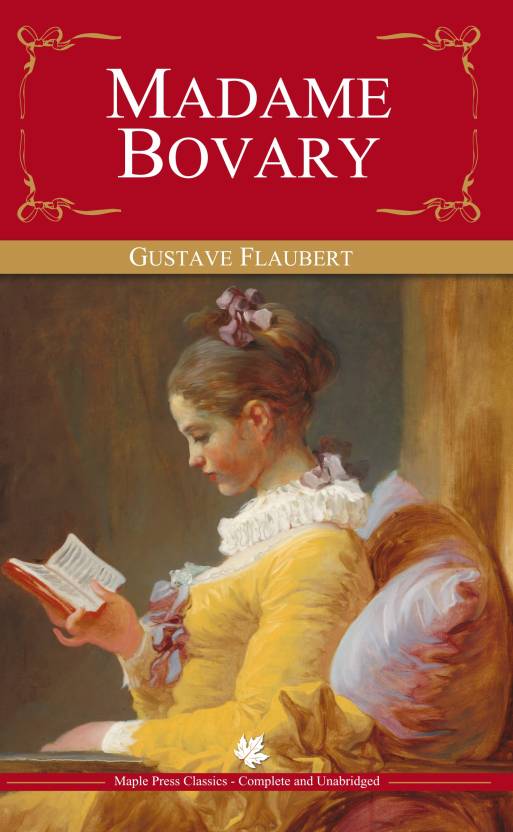

When it came to sculpting the (super)natural world on paper, she did not flinch at the vastness of the terrain, nor did she hide her fear of it.

From the outset, she seemed keen to take down field notes with the reportage instincts of a practiced correspondent. At times, Knight was accompanied by male guides, but her trip meant a long hard slog on winter’s highway. She returned home to Boston in March 1705.Ī woman alone on the Boston Post Road, Sarah knew she needed to move with purpose. (It’s digitized aplenty, and it’s a fairly short read, so click on through right here for a taste of Knight’s views, which comprise a mainstay of early American literary studies). For five hard months on the road, Sarah kept a colorful journal of her progress, itemizing her experiences alongside a vivid cache of character sketches, religious reflections, and social observations. In October 1704, she embarked on a solo journey to New Haven and New York, to attend to legal matters. But what Sarah Kemble Knight is far more famous for is getting out of Puritan Boston. Sometimes, as scholars report, Sarah Kemble Knight’s handwriting graced Puritan-era legal documents for cases where she served in the role of witness. Sarah operated a boarding house/stationery shop/dame school while living on Moon Street (where young Benjamin Franklin *may * have been her student). The twentysomething Sarah married Richard Knight, an itinerant sea captain, and they had a daughter. Sarah Kemble was born on 19 April 1666 and she died in Connecticut on 25 September 1727. Writing her signage would be tough, for we know little of Knight’s life in Puritan Boston. How did America’s pilgrims document progress? What was at stake when they broke with tradition and followed new ideas across oceans and over land? With that in mind, today I nominate one Puritan woman thinker (and there are many more!) to take her place on your syllabus or museum wall: Madam Sarah Kemble Knight. Equally intrigued by the notion that travel can shape identity and ideas, I sought out more migratory perspectives among the authors. Yet in the years between Anne Hutchinson and Judith Sargent Murray, women did not fall silent.
MJOURNAL OF MADAME KIGHT SERIES
As other contributors to this series reexamining The American Intellectual Tradition have noted, they are not easy to find. Flipping through their first volume, which Professor Capper assigned to us in an American Intellectual History graduate seminar many semesters ago, I went looking for the women.

Please review Rights and Reproductions for details.The problem with splicing together a supercut of the American intellectual tradition, as Charles Capper and David Hollinger have readily acknowledged, lies in capturing the boldness and the range of voices that we get to hear. The use of images, text, and all other media found on this website is limited. In keeping with this legacy, object information is continually being reviewed, updated, and enriched in order to give greater access to the collection. Isabella Stewart Gardner kept meticulous records of many of her acquisitions. Printed ink on paper with woodcut prints Web Commentary Inscribed (on front end page) in pencil: J L Gardner Jr.Inscribed (on title page) in pencil: Mrs GardnerIllustrated with woodcut prints by an unknown illustrator. #001261706) ProvenanceĮntered Isabella Stewart Gardner's collection after 1865. Half-bound in black leather marbled paper stamped gilded lettering on spine Description The private journal of a journey from Boston to New York in the year 1704.


 0 kommentar(er)
0 kommentar(er)
